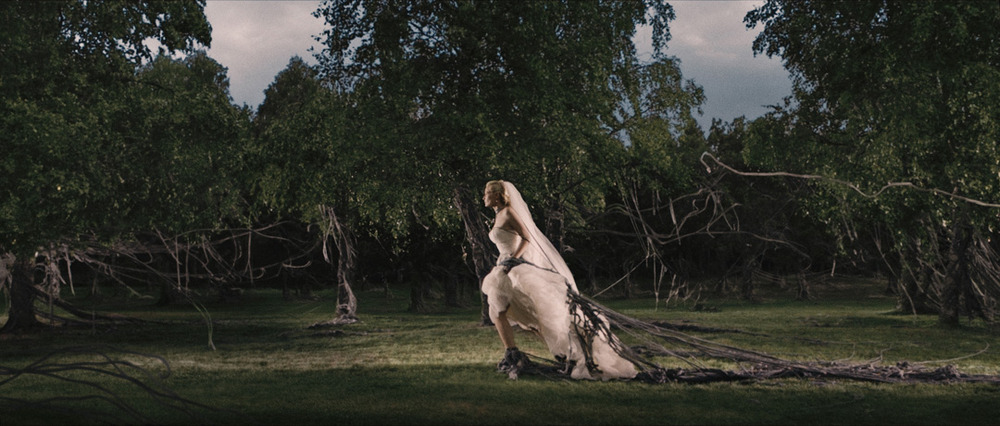Any history of epilepsy, hysteria, and dancing plagues must include…
The epileptic singers of belle époque Paris (Baxendale & Marshall, 2012):
In late 19th century Paris, people with epilepsy were treated alongside those with hysteria in the now famous Salpêtrière Hospital, where both conditions were deemed to have a neurological basis. When Jean Martin Charcot became chief physician at the Salpêtrière Hospital in 1862, he described himself ‘in possession of a kind of museum of living pathology whose holdings were virtually inexhaustible’. He opened the doors of his ‘living museum’ and exhibited his prize specimens to all of Paris. By putting his patients on display, Charcot introduced a vogue for pathology that permeated well beyond the world of medical enquiry and into the public psyche and vernacular. Not only did Charcot’s demonstrations provide the inspiration for high culture in the form of operas, plays and novels, they also provided the inspiration for the ‘gommeuses epileptiques’ (epileptic singers), who entertained the masses at the café concerts. This paper explores the foundations of our current medical approaches to mental illness and epilepsy, with a particular focus on the boundaries that emerged between hysteria and epilepsy in 19th century Paris. These clinical boundaries were both shaped by and reflected in the popular entertainments in the city.
As modern-day examples, the authors offered Madonna’s Frozen and Lady Gaga’s Bad Romance:
The angular ‘experimental’ dance moves in parts of Madonna’s ‘Frozen’ video (1998) strongly resemble the automatisms seen in many temporal lobe seizures. The same could be said for Lady Gaga’s trademark ‘claw’, prominent in her ‘Bad Romance’ video (2009), and waved back at her en masse by her fans at her stadium shows. It is identical with some of the dystonic posturing seen in generalised seizures.
Others in the genre include Epilepsy is Dancing by Anthony & the Johnsons (2009), and the Black Eyed Peas’ Let’s Get Retarded (2003): ‘Let’s get ill, that’s the deal…Lose your mind this is the time…bang your spine…bob your head like epilepsy…Get messy, loud and sick’ .
However, the authors neglected to mention anything by Ian Curtis and Joy Division, including She’s Lost Control and The Atrocity Exhibition. As we all know, Curtis, who suffered from epilepsy and depression, tragically hanged himself at the age of 23. He was known for his unique dance style reminiscent of a seizure, which he occasionally did experience on stage. This was famously depicted in the biopic Control. A clip from the film, entitled Ian Curtis epilepsy dance, is available on YouTube. But you should really watch this jaw-dropping live performance of Dead Souls by the late Ian Curtis.
Reference
Baxendale S, Marshall F. (2012). The epileptic singers of belle epoque Paris. Med Humanit. May 21. [Epub ahead of print].
Atrocity Exhibition
——Joy Division
Asylums with doors open wide
Where people had paid to see inside
For entertainment they watch his body twist
Behind his eyes he says, ‘I still exist.’
This is the way, step inside.
This is the way, step inside…
